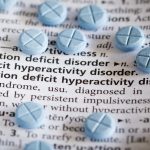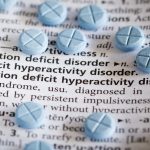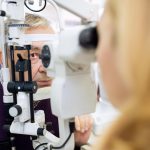
Pickleball is a hot trend and it’s getting folks exercising who haven’t been so active in a long time. It’s also racking up injuries — both overuse type and acute traumas — often in those aged 50 and up. A new poll suggests these players are forgoing care when they hurt their knees, wrists and rotator cuffs. Sports medicine experts are urging them not to ignore their nagging pain. Dr. Luis Gandara, a specialist in sports medicine at Orlando Health Jewett Orthopedic Institute in Florida, sees a few types of pickleball injuries, including those that are acute from a fall and those in which someone has aggravated chronic pain issues, such as existing arthritis in a hip or other joint. “Then [there are] the other ones who enjoy it so much that they play either too many hours or play too many games in a row,” Gandara said. “And those are the ones that we see having the overuse type of injuries due to the time and span, or the improper use of the equipment, like the paddle’s too heavy, improper mechanics or they may be using the wrong shoes to play.” About one-third of people surveyed last month in a new Harris Poll for Orlando Health reported avoiding sports or a hobby because of a nagging injury. Nearly half said it wasn’t worth seeing… read on > read on >
























-300x200.jpg)













